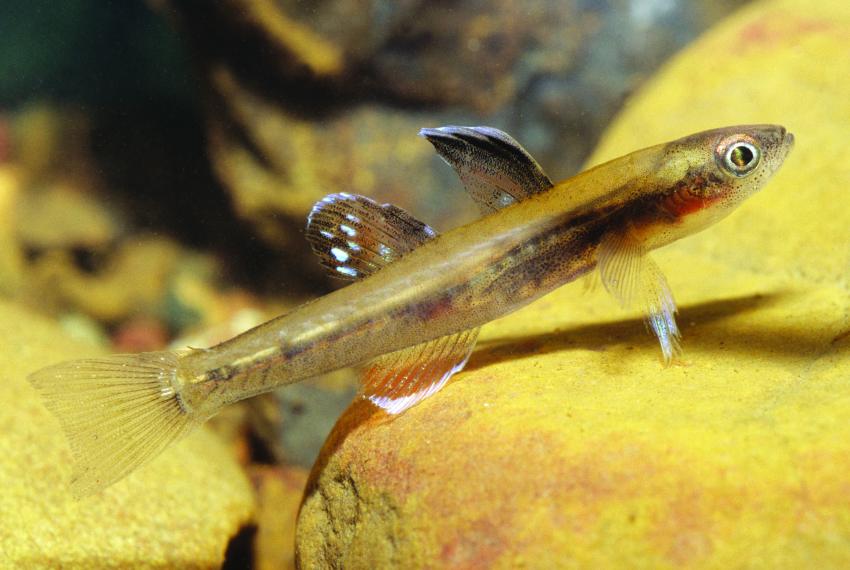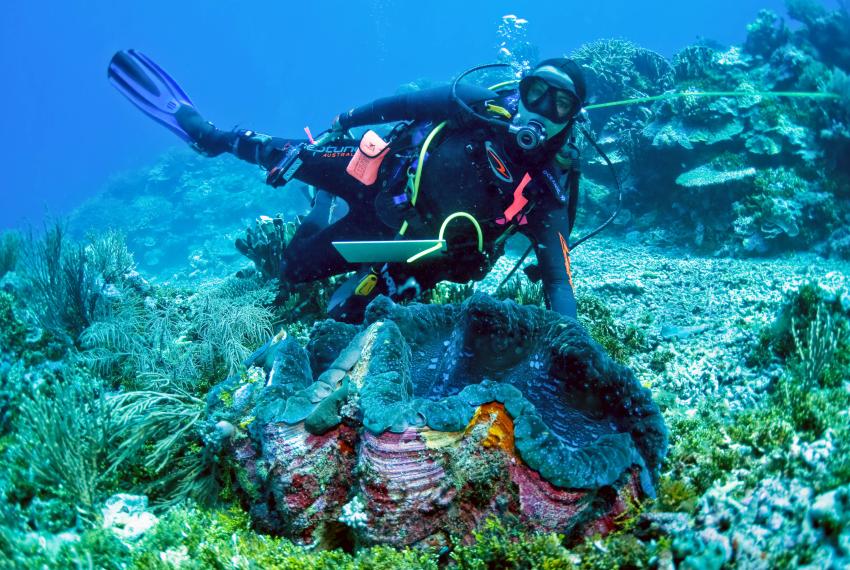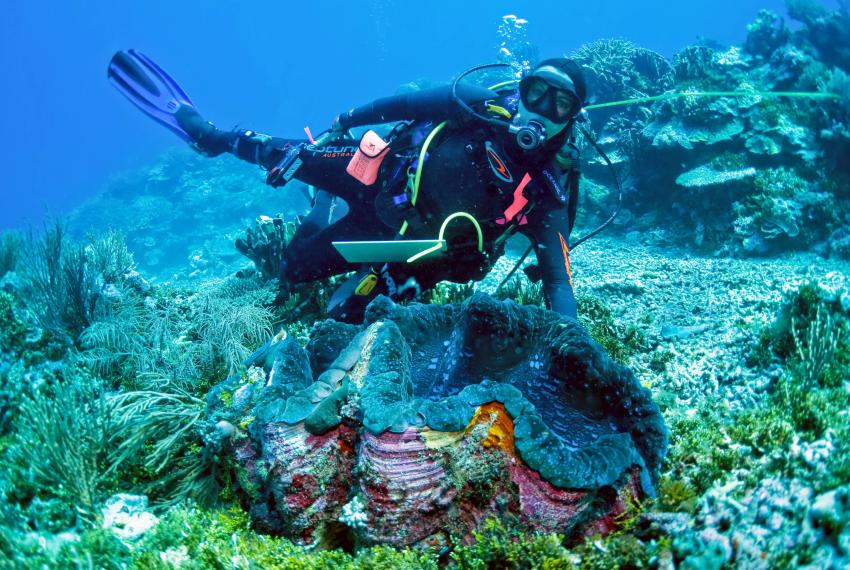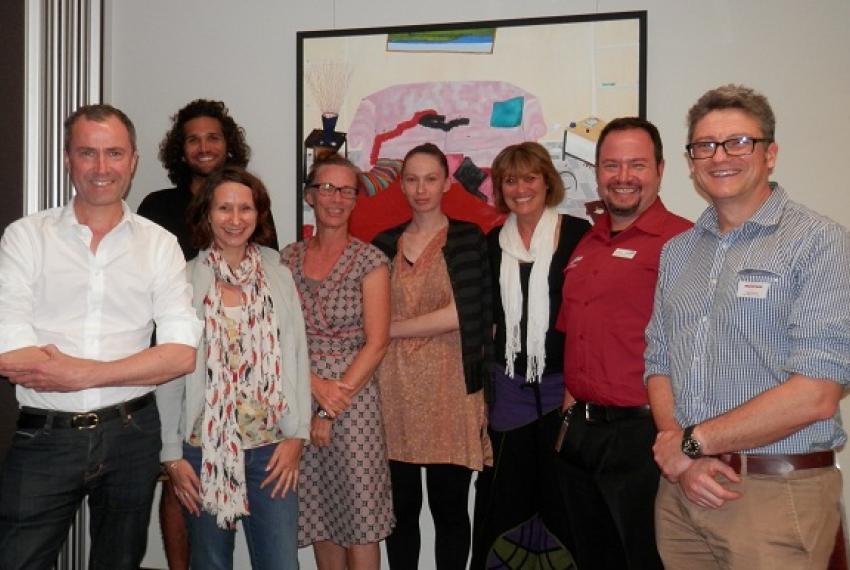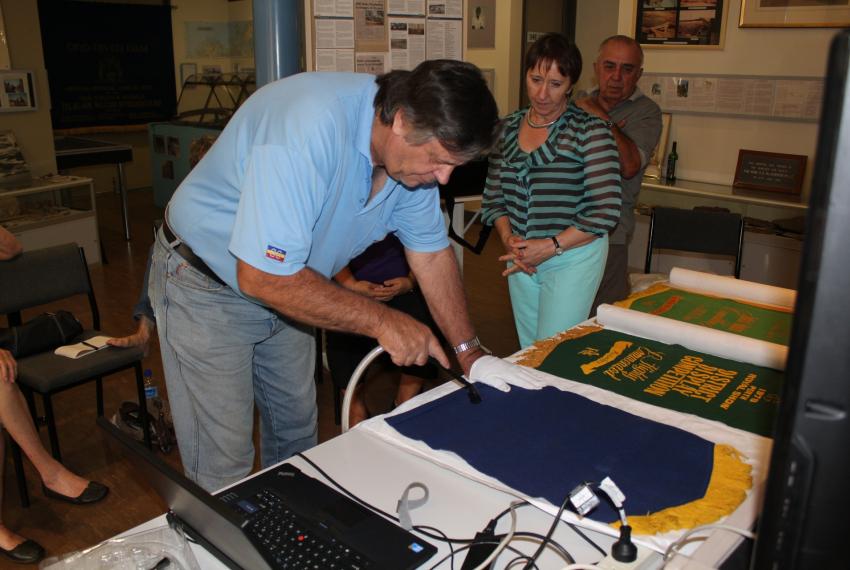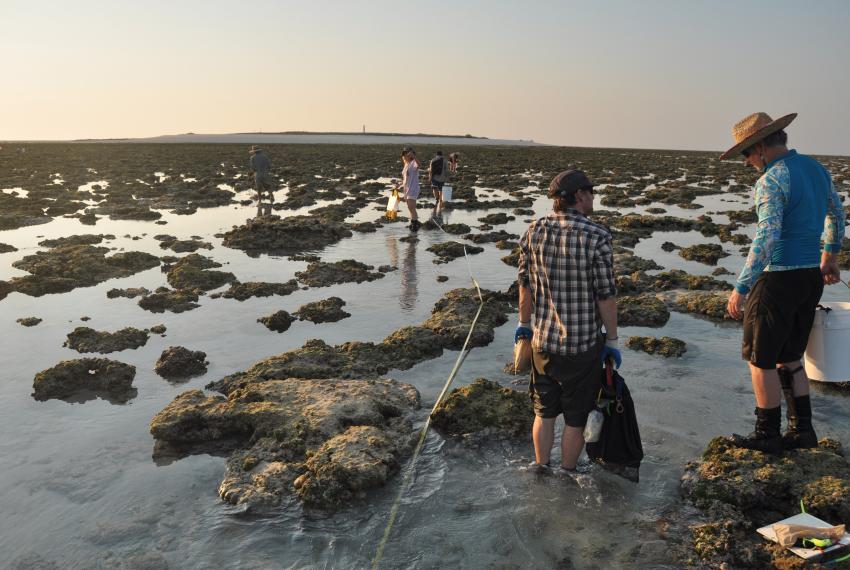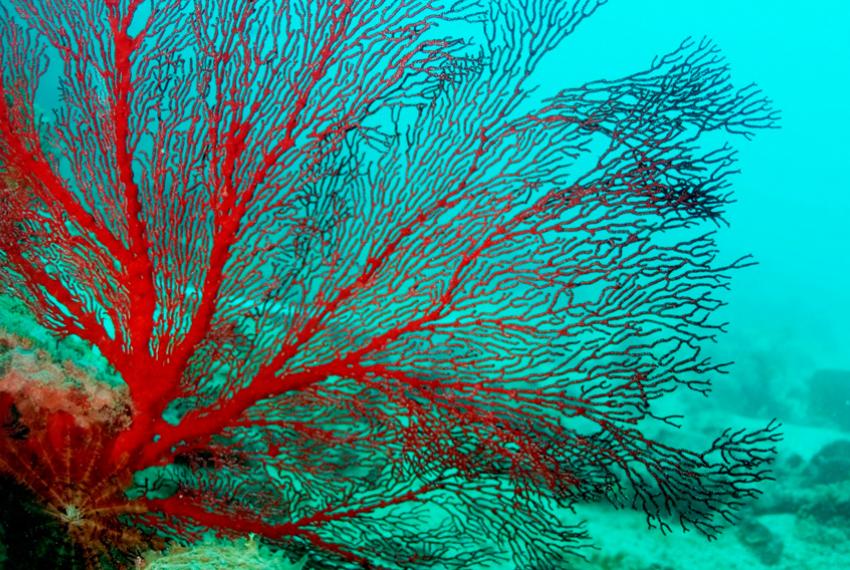Coral reefs in the Kimberley region of northwest Western Australia are home to substantially greater coral diversity than first thought a new Western Australian Museum study finds.
Have you ever wondered what interesting facts slimy aquatic snails and underwater creatures can tell us about the world they live in?
Also known as “molluscs”, these gastropods are the second largest phylum (or group) of invertebrate animals in the world.
The coral-killing sponge Terpios hoshinota has been detected in the Kimberley for the first time by scientists from the Western Australian Museum.
For the first time, a comprehensive new field guide provides detailed information about the incredible diversity of all known freshwater fishes in the Kimberley, as well as their significance to that remarkable part of the world.
The Western Australian Museum has concluded its sixth and final expedition of an award-winning research project into the Kimberley’s unique marine life.
The Western Australian Museum will lead a team of researchers to the Kimberley this week in the sixth and final expedition of an award-winning research project into the region’s unique marine life.
This week, communities in the Kimberley will meet members of the WA Museum’s New Museum Project team and participate in discussions about the New Museum for WA.
The Western Australian Museum’s Development Service team will head to the Kimberley region on Friday April 26 to meet with local organisations and community groups.
- 22 video clips featuring unique marine life of the Kimberley
- Videos are a day-by-day account of scientists working in the field
- Eight-year project has so far discovered 79 new species and genera
- The most extensive survey of Kimberley marine fauna and flora to date
- Continuing research project won the 2011 Premier’s Award for Excellence
- Eight-year project has so far discovered 79 new species and genera
